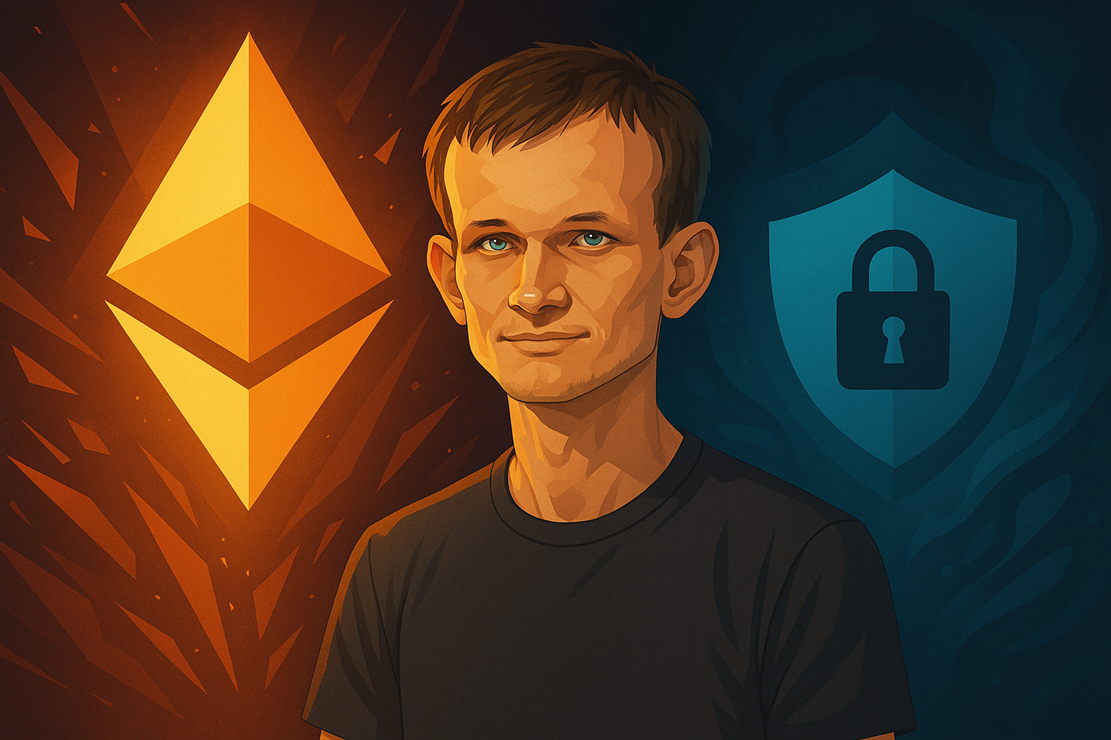Ethereum Pivots To Privacy: Buterin Unleashes Kohaku At ECC2
November 17, 2025

At Ethereum Cypherpunk Congress 2 on November 16, 2025, Vitalik Buterin used his keynote “Kohaku: Wallet Privacy On Ethereum” to deliver a sharp verdict on
Search
RECENT PRESS RELEASES
Related Post



